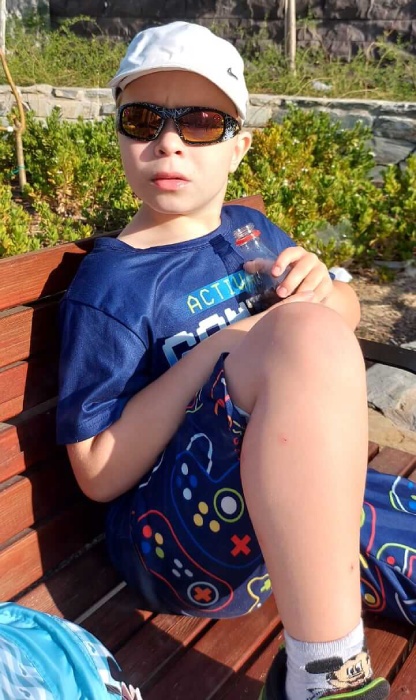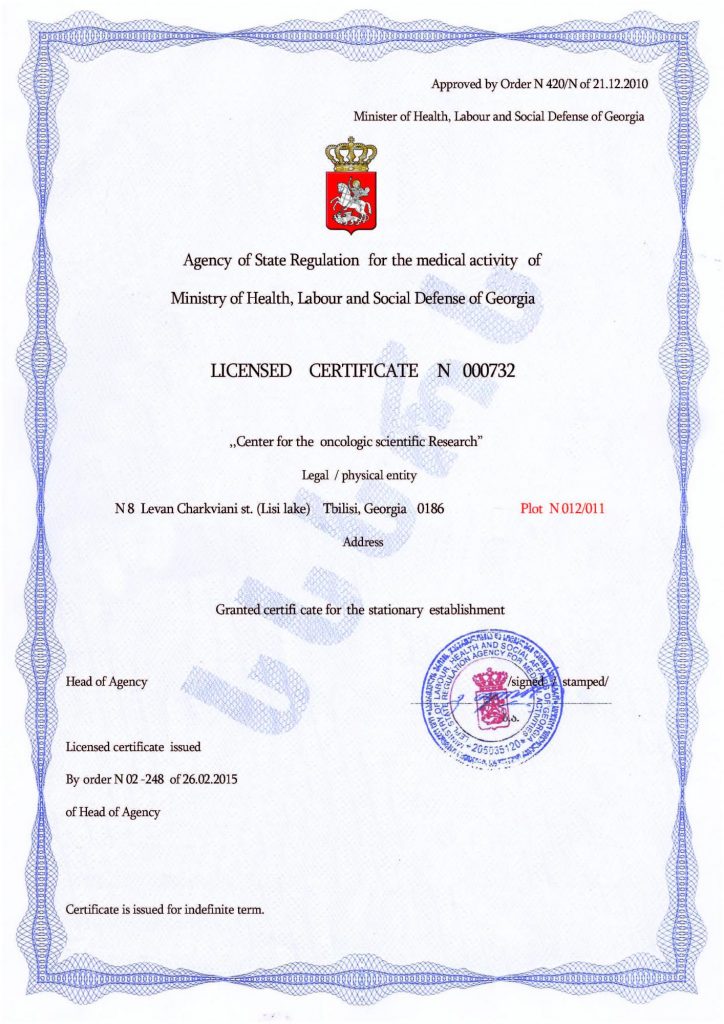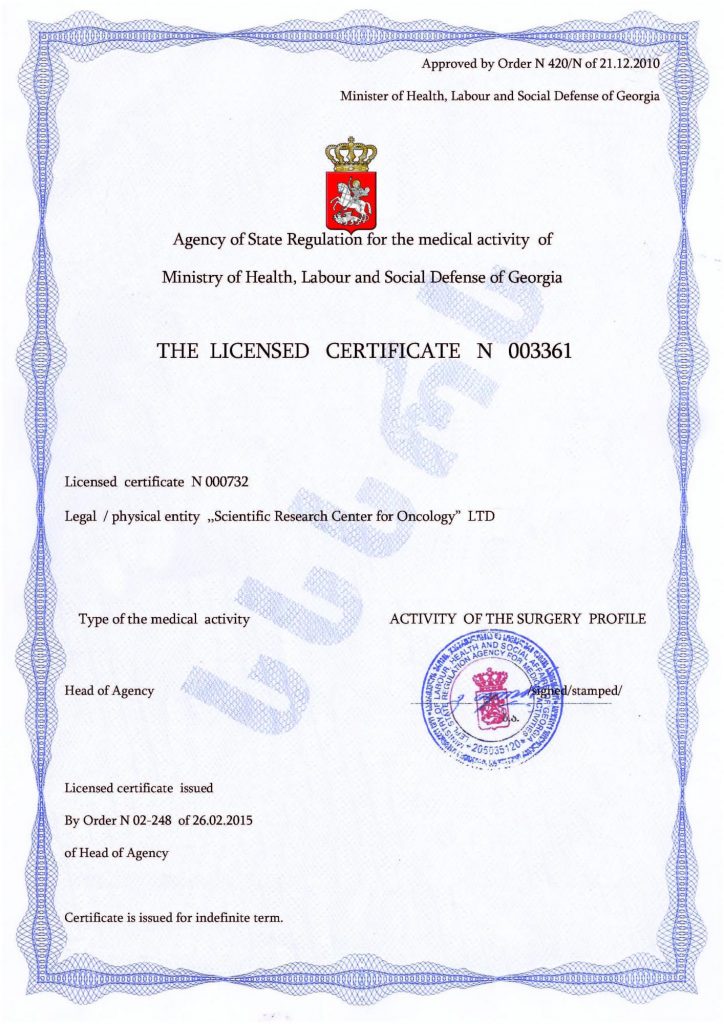Methods of Education for Children with Autism
To begin, it is important to remember that autism is a neurodevelopmental disorder characterized by impaired social interaction, verbal and non-verbal communication, as well as restricted and repetitive behaviors. Its signs typically become noticeable during the first 2-3 years of a child’s life.
Early Intervention in Autism
Overcoming these challenges is possible through early intervention, which is based on theoretical foundations such as Applied Behavior Analysis (ABA) and Social-Pragmatic Development Models (DSP). Parents can implement these strategies themselves, as various DSP programs have been developed for home use. Additionally, the application of ABA in preschool education has proven effective in improving brain functionality overall and enhancing intellectual abilities. Similarly, combining ABA with DSP has proven to be an effective strategy for improving social communication skills.
Professional Education for Autistic Individuals
As children with autism grow, professional training plays a significant role. Autistic individuals can succeed in work environments by choosing fields that align with their strengths and abilities. Training may include repetitive actions or the use of picture cards, which helps with socialization.
One of the challenges faced is overcoming the consequences of sensory processing disorder, which is quite common among those with autism. Children with sensory processing issues often struggle to control their reactions to sensations and certain stimuli, and may engage in self-stimulation to compensate for limited sensory input or to avoid sensory overload. Self-stimulatory behavior—repetitive movements that serve no clear purpose—can have significant social, personal, and educational consequences, often limiting participation in everyday activities. Stereotypical movements, aimless running, aggression, and self-injurious behavior are manifestations of sensory processing anomalies, hindering learning ability and participation in therapeutic activities.
Sensory Integration Approaches
To address these challenges, approaches based on the theory of sensory integration are used, which suggest that neurological processing disorders impede the development of purposeful behavior. Teaching children to control their sensory experiences can take place in the park or even at home through the use of:
- Swings
- Ball pits
- Rocking chairs
- Balls
- Trampolines
Swimming and running are also excellent sports for meeting sensory needs and helping with societal adaptation.
Teaching Principles for Autistic Children
When teaching children with autism, the following principles should be followed:
- Provide tasks in a sequential order.
- Express yourself simply and specifically, using as few words as possible.
- Develop specific social skills, such as taking turns and maintaining personal distance.
- Provide fewer options, which should be clear and not overwhelming.
- If there is no response to a question, rephrase it. Questions should be specific with clear choices.
- Avoid sarcasm, idioms, and expressions that can be interpreted ambiguously.
- Use short sentences and, in this case, verify whether the child has understood correctly.
- One of the most effective methods of education is ensuring a clear schedule. Warn the child about any upcoming changes in the daily routine or activities.
- For any task, including household chores, determine the start and end times, as well as other parameters. For example, show a picture of how the room should look after cleaning.
- Address the child individually, by name, as they may not understand that instructions given to the whole class apply to them as well.
- Use various means of providing information—verbal, visual, etc.
- Understand that behavioral changes can reflect anxiety caused by even small changes in routine. Do not take rudeness or aggression personally.
- To avoid overstimulation, especially when a task requires focus, remove distractions such as noise or even pictures on the walls, or minimize them.
- Tasks should align with the child’s specific interests.
- Provide the student with the option not to participate in activities (e.g., games) that they may not understand or enjoy.
Improving Learning by Addressing Autism’s Root Cause
While special education requires significant effort, learning can be simplified by eliminating the root cause of the child’s school-related problems—autism and its symptoms. This opportunity is provided by cellular therapy—an innovative method of treating the disorder without the use of medications or psychological techniques.
Cellular therapy is based on stem cell transplantation, utilizing their ability to transform into any other type of cell. After being administered, the stem cells replace damaged cells, whose dysfunctions cause incorrect perception of reality and reactions to the environment. As the stem cells are derived from the patient’s own body, rejection is avoided, ensuring the procedure’s safety. Since the healing process stimulates the body’s own restorative powers, it is completely natural.
Soon after the procedure, the activity of the brain and nervous system normalizes, leading to improvements in behavior and a reduction or complete elimination of autism symptoms. These results are long-lasting, often lifelong, which makes other corrective measures more effective.
The Effectiveness and Prospects of Cellular Therapy
The benefits of cellular therapy are well-recognized, and it is likely that this approach will become the primary method for addressing autism and its symptoms. Leading clinics around the world, including the Mardaleishvili Medical Center, apply stem cell transplantation. Their highly qualified specialists, equipped with state-of-the-art technology, have extensive successful experience with this method. The clinic’s services meet the highest standards and are more affordable compared to other countries with developed healthcare systems. Additionally, the center provides comprehensive assistance with all preparatory stages, from trip planning to solving accommodation issues during rehabilitation.
Cellular Therapy – The Best Solution for Learning Issues!
Autism Treatment Center Videos
Autism treatment with own stem cells
Cord blood association congress
International Quality Crown
Autism Treatment Reviews
Autism treatment with own stem cells
The story of Alessandro (6 years old)
Autism Patient Testimonial - Stem Cell Treatment
Clients Testimonials

Anna – Sasha’s mother Read More
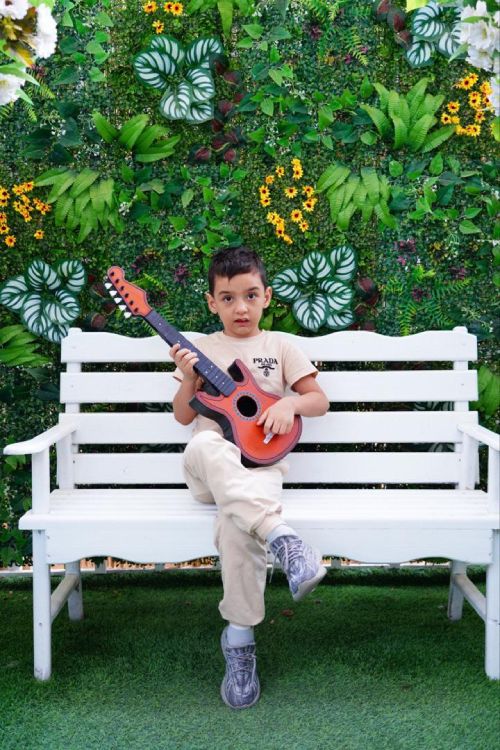
Amirkhon’s father — Tokhir Read More

Dilana’s mother Read More
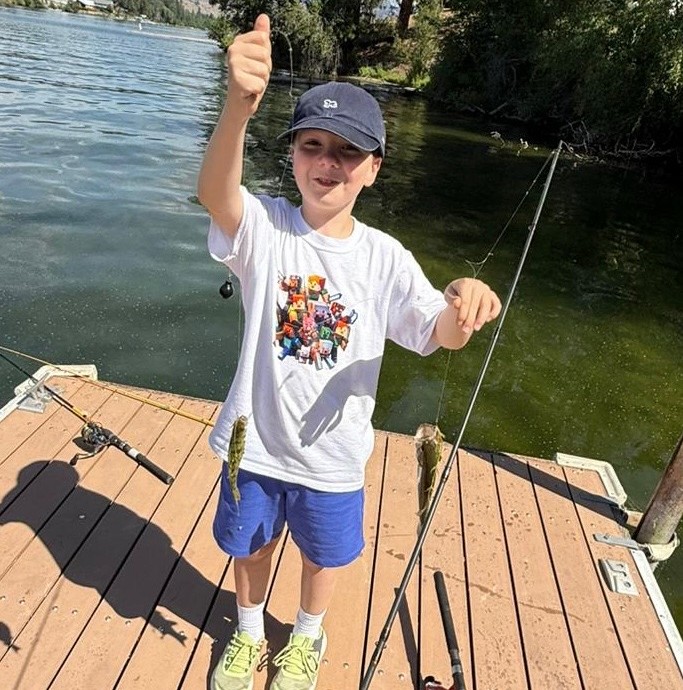
Irina and Stefan – Ilya’s parents Read More
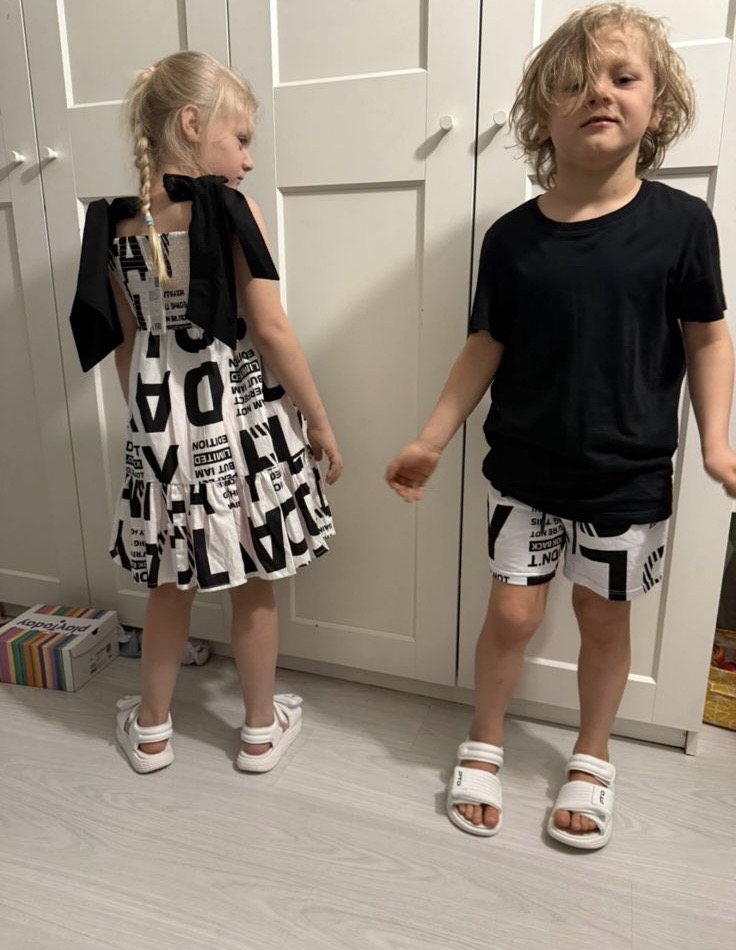
Kristina – mother of Nelly and Nik Read More
